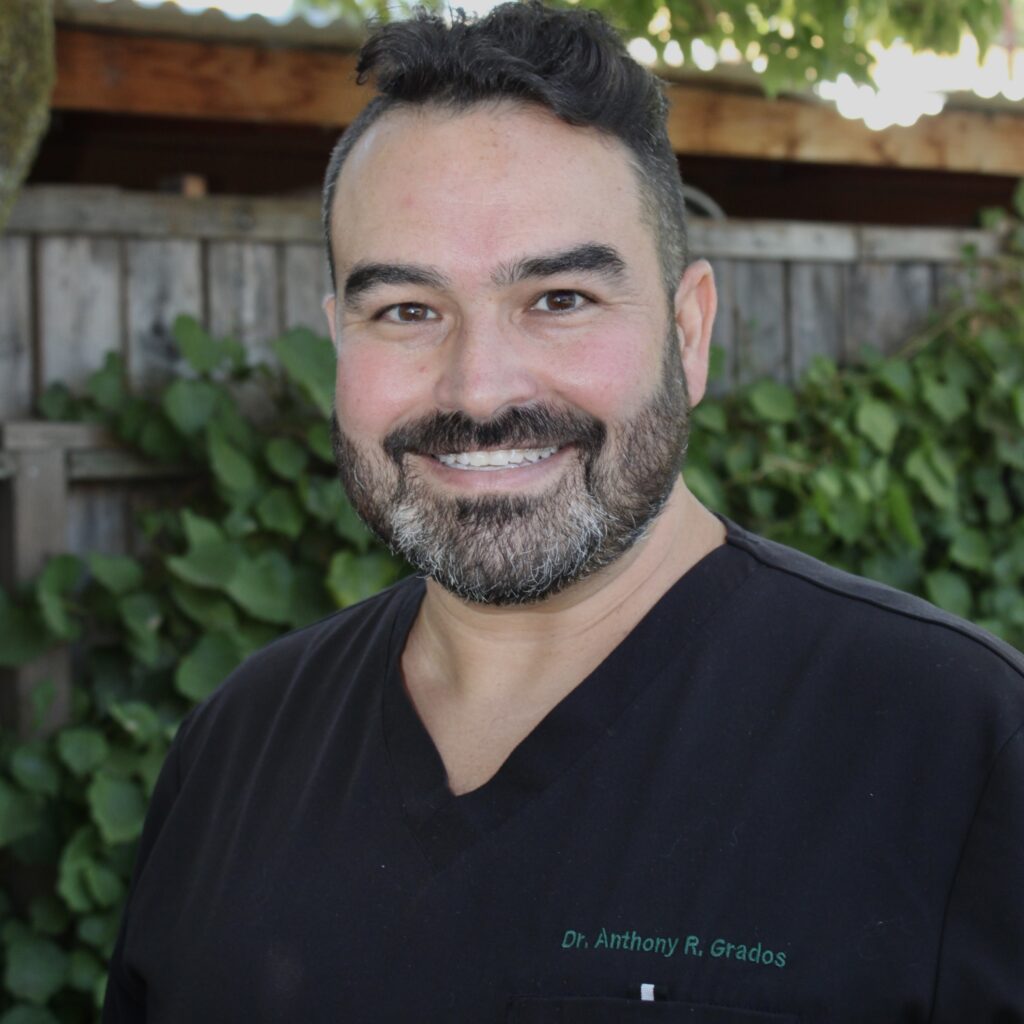Expert Root Canals in Sebastopol for a Healthier, Pain-Free Future
A root canal treatment can relieve severe tooth pain and save your smile when decay or damage has reached the nerve of a tooth. The procedure removes the soft tissue inside a tooth, called pulp, when it has become infected, inflamed, or otherwise diseased. This branch of dentistry is also called endodontics. Dr. Grados offers extensive experience providing comfortable root canals in Sebastopol.
The words “root canal” often inspire dread or anxiety, but the reality of having a root canal treatment is that the procedure will significantly improve your daily life and oral health. If a root canal is needed, typically the patient is suffering from daily pain, swelling and discomfort. If left untreated, decay or damage of that degree also invariably leads to a tooth extraction, and may even spread to surrounding teeth, gums, or into the jawbone. Root canal therapy is the better option.
How Do You Know If You Need a Root Canal Treatment?
Any time the nerve or pulp of a tooth is compromised, root canal therapy may be the best option to save the tooth. There are many reasons this could happen, such as severe tooth decay, a deep crack or fracture in the tooth, previous dental work, and injuries to the tooth that cause damage to the nerve (even if you don’t notice any damage at the time). Sometimes, the nerve of a tooth can become inflamed or damaged for no apparent reason at all.
Warning signs that your tooth may need root canal treatment include:
- Severe damage or tooth decay
- Tenderness to the touch
- Throbbing, aching, or severe toothache
- Swelling of nearby tissues or local lymph nodes
- Tooth sensitivity, especially to heat
- Tooth pain when eating or chewing
- A “pimple-like” fistula (abscess) on the gum tissue next to the affected tooth that has a lot of decay
- A tooth that has a fracture
- Blunt injuries to the teeth such as from sports or a slip-and-fall accident
Root canal therapy is frequently something we can plan for, but in many cases it’s done as an urgent treatment for sudden, severe pain. If you’re unsure whether your toothache might need immediate care, don’t hesitate to call us! We offer emergency dentistry including root canals in Sebastopol to resolve your pain as quickly as possible.
What to Expect with a Root Canal
A root canal is a straightforward process that can save your natural tooth and restore your oral health. We begin by ensuring you’re completely comfortable. Using a local anesthetic, we numb the area so you won’t feel any discomfort during the procedure. If needed, we also offer sedation options to help you feel more relaxed.
Once the area is numb, we carefully create a small opening in the top of your tooth to access the infected or damaged pulp. We gently remove the diseased tissue and thoroughly clean the canals inside the tooth. To protect the area, the canals are then sealed to prevent further infection or decay.
After the root canal, we restore the tooth to its full function. Depending on your specific needs, we’ll place a temporary filling or crown to protect the tooth while your final restoration is being made. When it’s ready, we’ll complete the process with a permanent filling, crown, or other restoration to ensure your tooth is strong and durable. During this time, we recommend avoiding chewing on the treated side until the final restoration is in place.
After your root canal, you’ll typically return to eating, chewing, and smiling comfortably in just a short time. Some mild sensitivity is normal as your tooth heals, but if discomfort persists, we encourage you to contact us so we can ensure everything is progressing as it should.
This treatment is a highly effective way to preserve your natural tooth and avoid more extensive dental issues in the future. If you have questions about the procedure or want to discuss your options for root canals in Sebastopol, CA, feel free to reach out to us at Oak Tree Dental. We’re here to guide you through every step and help you feel confident in your care.



